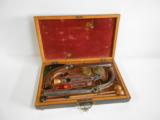 |
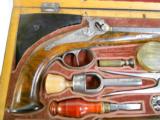 |
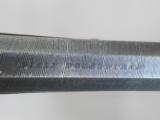 |
 |
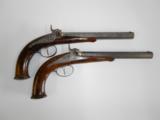 |
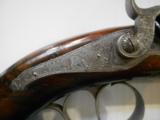 |
 |
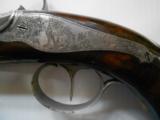 |
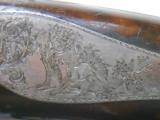 |
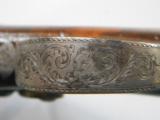 |
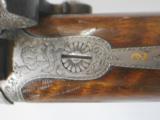 |
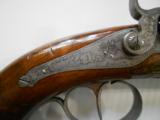 |
 |
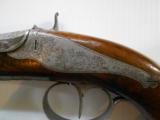 |
 |

Cased Set of Antique Austro-Hungarian Empire Gentleman's or Officer's Pistols, Very Fine By Fiala, Pozsony
Guns International #: 100624396 Seller's Inventory #: 10279-1
Category: Antique Pistols - 1500-1850 - Antique Pistols - Percussion
Seller's Information
When emailing or calling sellers direct, please mention that you saw their listing on GunsInternational.com
Seller: garygermer
Company: Gray Germer & Associates
Member Since: 11/4/15
State: Oregon
Zip: 97227
Country: United States
Phone: 5032350946
Seller: Private Seller
Return Policy: 3 day inspection and return policy on used guns.
Payment Types Accepted: Visa, Mastercard, American Express, Discover, Money Order, Cash
Description:
Excellent Cased Set of Antique Austro-Hungarian Empire Gentleman's or Officer's Pistols. Similar to dueling pistols but with sights.
Spectacular pair of European .42 caliber smooth bore, percussion cap numbered pistols in original Walnut case. Made by Fiala of Pozsonyban in the first half of the 19th Century. Pozsonyban or Pozsony is now known as Bratislava, Slovakia and was the capital of the Kingdom of Hungary through 1783. It was then subsumed into the Austro-Hungarian Empire until becoming part of Czechoslovakia at the end of WWI.
They feature octagonal Damascus twist style wedge fastened barrels marked Fiala on underside at joint of barrel and breech block. Also inlaid marking Fiala Pozsonyban on top of barrel, single gold inlay line on breech, numbered breech block and tangs.
Hammers are engraved in a fish or dolphin shape. Both trigger guards are engraved with ornamental scroll work in the form of zephyrs originating from the mouth of a lion-like animal figure. Back straps are engraved as well with scroll work and what appear to be mountain goats in rustic, rocky scene. The one on the pistol marked number '1' faces right, the other faces left and they are slightly differently executed.
The lock plates and off side plates are engraved on each of the pistols but with different scenes. The lock plate of the pistol marked number '1' upon the breech block is engraved with a hunting dog crouching but ready, a tree, ornamental scroll work and makers mark Fiala. The off side plate on this pistol features an impressive stag eating from a tree, more ornamental scroll work and the city mark Pozsonyban.
The other pistol, bearing a number '2' on the breech block features a complimentary hunting scene including tracking hound dog, ornamental scrollwork and makers mark Fiala. Off side plate is engraved with a coursing doe (the mate of the stag on the other?), more ornamental work and city mark Pozsonyban.
Lock on pistol number '1' works flawlessly with stops at half and full cock. Lock on pistol number '2' has a good spring but does not catch at either cocking position suggesting repairable misalignment of internal components.
The stocks are walnut and are in good condition. The finish is intact but there are small marks from handling as one would expect.
Each pistol is fitted with a single fixed notch sight in the rear and a brass blade type front sight.
The pistols are housed in their original case with faded red or puce colored lining. The case has a lock but the lock escutcheon is missing. We do have the key and the key works the lock. The case is sound and in good condition however there are small veneer chips along the lower edge, particularly in the back.
Included in the case are:
A horn powder flask, horn percussion cap container, wood and brass adjustable powder measure, and wooden funnel. There is also a brass jag head cleaning rod with gutta percha or shellac molding compound knob, turned wood wedge hammer/ramrod combination with horn end. Additionally is a single ball bullet mold with rotating sprue cutter, octagonal shank circular punch for cutting wads, screwdriver, wedge pin tool, and hexagonal pewter oil vessel. Also some smaller tools, original cast lead bullets, cloth wads, and caps.
This is a fine set of pistols as one might expect gentlemen or ranking officer's to carry durning the first half to middle of the 19th century.
SOLD
Curio/Relic: Yes
Antique: Yes